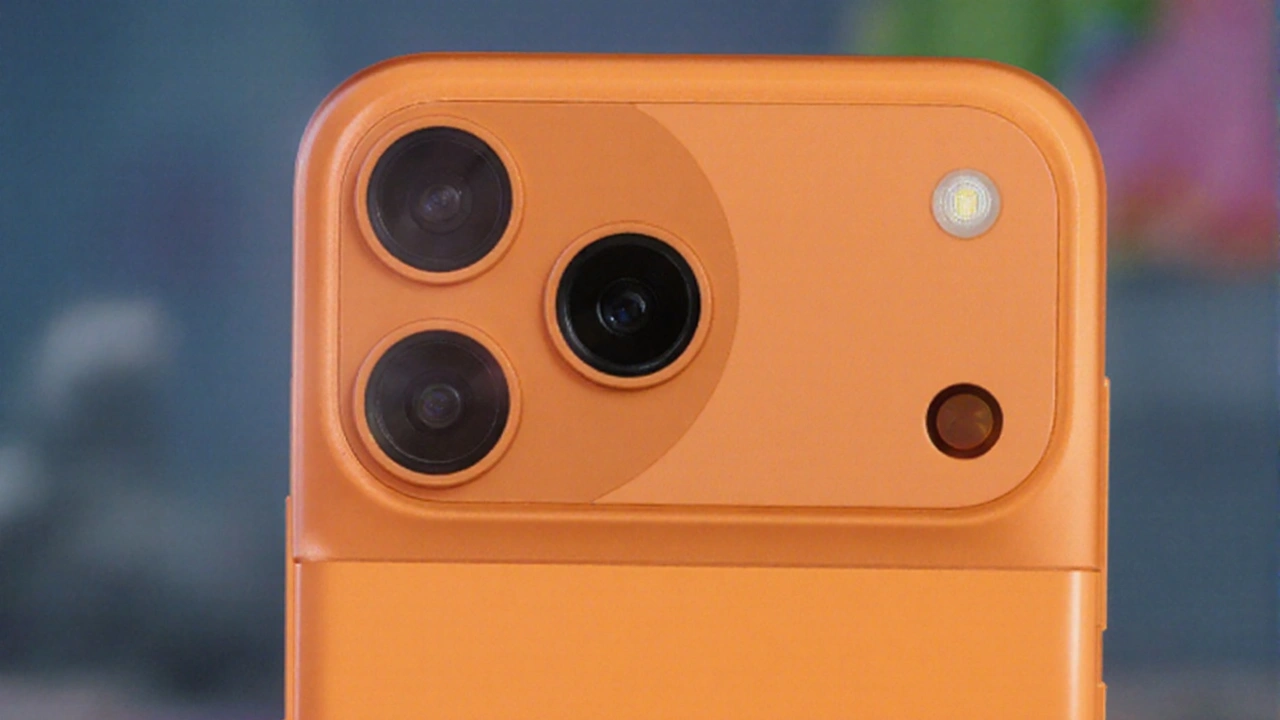Battery Capacity – The Basics and Why It Matters
When talking about Battery Capacity, the total amount of charge a battery can store and release. Also known as energy storage rating, it tells you how long a gadget will run before you need to plug it in again. Think of it as the fuel tank for any portable or vehicle power source. Battery capacity influences everything from a smartphone’s day‑to‑day use to how far an electric car can travel on a single charge. The key related concepts are milliampere‑hour (mAh), the unit most phones and power banks use; kilowatt‑hour (kWh), which measures larger packs like those in electric vehicles; and the lithium‑ion battery, the chemistry that dominates today’s high‑capacity devices. Battery capacity determines device runtime, requires accurate measurement tools, and influences design choices for manufacturers.
Why capacity matters across gadgets and vehicles
In a phone, a 4,000 mAh cell usually gives about ten hours of mixed use, while a 2,000 mAh cell might need a top‑up by dinner. Power‑bank enthusiasts compare capacity the same way car buyers compare horsepower – the bigger the number, the farther you can go before refueling. For electric vehicles, the story shifts to kilowatt‑hours. A 75 kWh pack can push a sedan roughly 300 km, whereas a 50 kWh pack might only manage 200 km on the same road. The type of battery matters too: a lithium‑ion cell can pack more energy per gram than a nickel‑metal‑hydride one, so devices stay lighter and last longer. These relationships form clear semantic triples: "Battery capacity enables longer device use," "Battery type affects achievable capacity," and "Charging technology supports higher capacity batteries." Understanding these links helps you pick the right charger, plan your travel route or decide whether a spare power bank is worth the extra bulk.
Choosing the right capacity for your needs is mostly about matching usage patterns with realistic numbers. If you stream video daily, aim for a phone with at least 4,500 mAh and a charger that supports fast‑charge protocols. For a weekend road trip in an EV, look at the vehicle’s kWh rating and compare it to your typical mileage – a higher‑capacity pack adds range but also weight and cost. Even everyday items like wireless earbuds or smartwatches use tiny capacity cells measured in mAh, but they benefit from efficient power management that stretches every bit of stored energy. By keeping an eye on capacity units, battery chemistry and real‑world performance, you can avoid the surprise of a dead device at the worst moment. Below you’ll find a curated list of recent stories that dive deeper into these topics, from new battery tech breakthroughs to practical tips on extending your gadget’s life.
Apple's upcoming iPhone 17 Pro Max promises a bigger battery, better heat control and the new A19 Pro chip. While a full GSMArena review is still missing, leaks suggest a jump in speed and endurance. Expect faster charging, improved thermal management and benchmark scores that could outpace the iPhone 16 series. Here's a rundown of the details we have so far.
More
